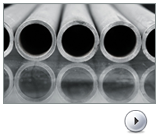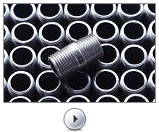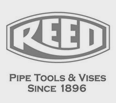How Valves Are Made & How They Function
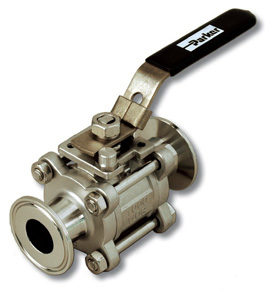 Valves are an integral part of industrial plumbing and help control the flow and pressure of liquids, gasses, slurries, and other fluids through the system. There are numerous types of valves, each providing a specific function to ensure processing runs smoothly. For instance, valves can start and stop the flow, slow or quicken the flow, control the direction of the flow, and regulate/relieve flow pressure.
Valves are an integral part of industrial plumbing and help control the flow and pressure of liquids, gasses, slurries, and other fluids through the system. There are numerous types of valves, each providing a specific function to ensure processing runs smoothly. For instance, valves can start and stop the flow, slow or quicken the flow, control the direction of the flow, and regulate/relieve flow pressure.
Parts of a Valve
Though valves are designed with different functionalities in mind and are composed of various materials — indeed, it’s important to choose an appropriate material that works well with the liquids or gasses in the system — all are built with relatively the same components, and these include:
Valve Body
The valve body is the hardwearing framework that holds all the other parts together. It connects to inlet and outlet piping via butt- or socket-welded, bolted, threaded, or flanged-end connections. As the first pressure boundary of the valve, the body resists fluid pressure from inbound and outbound piping.
Valve Bonnet
The bonnet acts as a cover for the opening in the body and is usually made from the same material. Because it is a pressure boundary inside the valve, the bonnet is connected to the body with pressure-retaining joints or bolts.
Valve Trim
The valve trim refers to the collection of parts that come into contact with the fluid flowing through the valve and includes the valve seat and disc, as well as spacers, glands, bushings, internal springs, and guides, all of which are removable and replaceable. Of all the parts making up the valve trim, the disc and seat are integral as these control the flow of fluid.
- Valve disc — The disc is a circular part that allows, prevents, and controls the amount of flow through the valve. When closed, the disc bears the brunt of the system pressure and is therefore usually forged for extra strength. Most valves are named after the type of disc within them. For instance, a ball valve is so called because of the ball-shaped disc inside of it.
- Valve seat — The seat is the component that the disc slides into when closed, effectively sealing off the flow. Though not considered a pressure boundary point, the valve seat is nonetheless made to withstand constant wear from the flow medium. Depending on how the valve is built, it may contain more than one seat. Gate valves, as an example, have two seats.
Valve Stem
The valve stem is what allows the disc to move when the hand-wheel, actuator, or lever is manipulated to control flow. Packing is used to create a good seal between the seal and bonnet, and it must be installed correctly to ensure optimal performance. A loose packing can result in a leak; a tight packing can restrict the stem’s movement and may cause damage to it.
Where You Can Find High-Quality Valves for Your Business
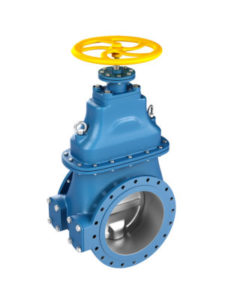
Businesses that need high-end valves for their fluid processing systems can rely on Florida Industrial Products. Since 1984, we’ve been the go-to source for some of the best valves the industry has to offer, at prices that will fit your budget. We proudly serve Orlando, Tampa, Miami, Jacksonville, and other Florida cities. Additionally, thanks to our membership with supplyFORCE and Affiliated Distribution, we can ship to anywhere in the nation.
To find the exact valves you need for your operations delivered on time and accurately, contact Florida Industrial Products today.






